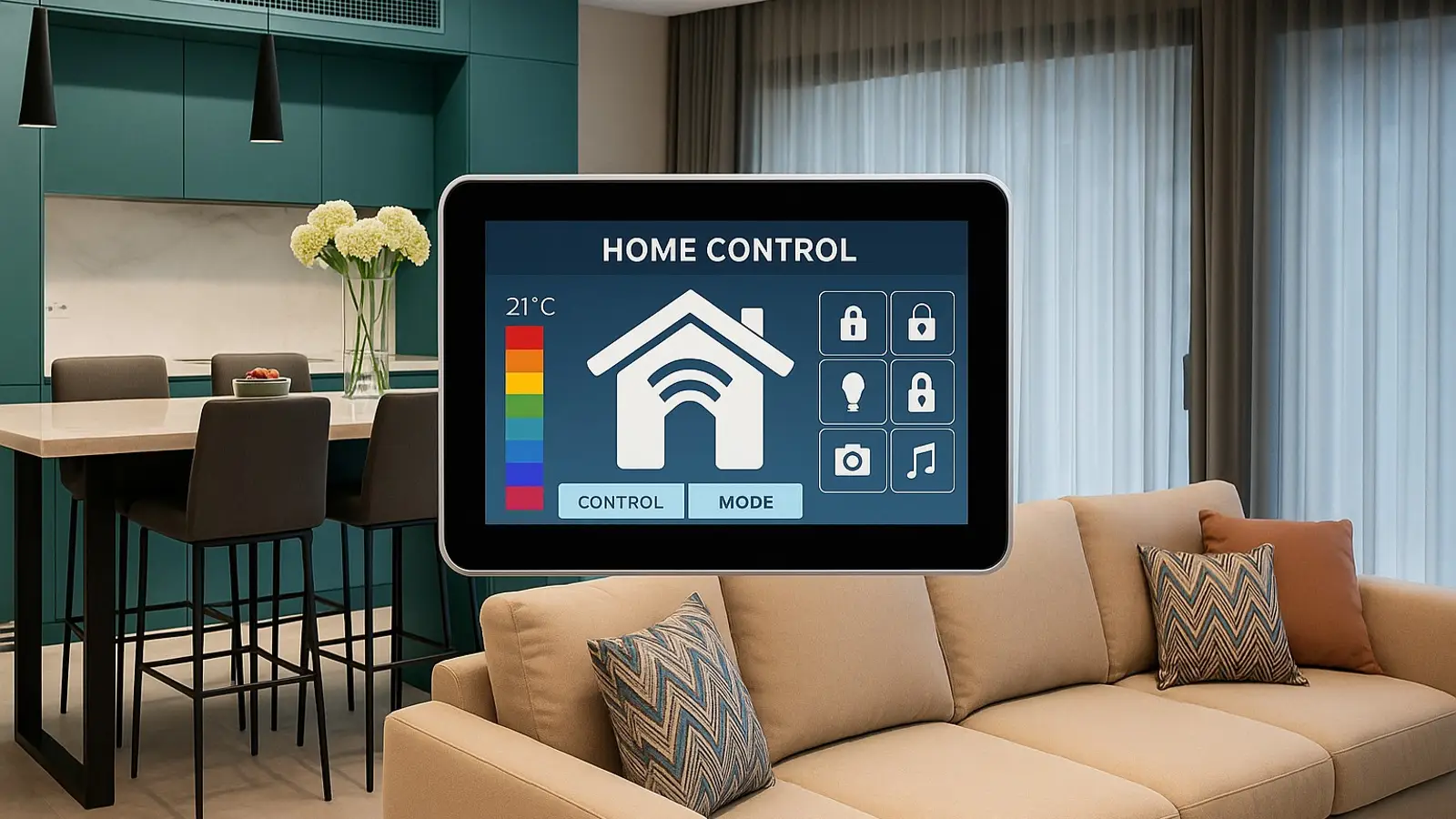How to Build a Smart Home: A Practical Guide for Beginners
Discover how to build a smart home with easy-to-follow steps. Learn about devices, automation scenarios, and tips to make your living space safer and more efficient.

Generated by Dall-e
Not long ago, the idea of controlling your home with a few taps or voice commands felt like something out of a futuristic film. Today, it's part of everyday life—even in modest city apartments, not just luxury villas. With the right technology, managing lighting, climate, security, and appliances has become not only possible, but remarkably convenient. So what exactly makes a home “smart”—and how do you build one?
Understanding What a Smart Home Is
At its core, a smart home is all about remote and automated control of everyday household functions. This could mean turning the lights on and off, adjusting room temperature, opening blinds, launching appliances, or monitoring your security system. All of it is managed via a smartphone, voice assistant, or pre-set scenarios.
The entire system rests on three essential components. First is the hub or controller—the brain that receives input and sends out instructions. Then come the sensors: motion detectors, temperature and humidity monitors, smoke and leak sensors. Finally, there are the actuators—devices like smart plugs, switches, valves, locks, and heating units that carry out the tasks. These components talk to each other using communication protocols such as Wi-Fi, Bluetooth, Zigbee, Z-Wave, or the more recent Matter standard.
Getting Started: Plan Before You Plug In
The journey toward building a smart home begins with a plan. It’s important to identify what exactly needs automating. Some might be content with smart lighting and climate control, while others prioritize security—think alarms, surveillance cameras, and digital locks. Drafting specific use-case scenarios can help: What should happen in the morning? At night? If no one’s home?
Once the priorities are clear, it’s time to choose the right hardware and communication protocol. Compatibility is key—some ecosystems rely heavily on cloud services and internet connectivity, while others can run independently on a local network. As for software, platforms like Home Assistant and OpenHAB are popular among enthusiasts, while bigger names like Yandex, Google, and Apple offer more streamlined ecosystems.
Wiring It All Together—or Not
If you're renovating or moving into a new build, it’s easier to factor in wiring, sensor placement, and control points early on. This leads to cleaner installations. But if the home is already finished, wireless options are often the go-to solution, helping avoid disruption to the décor.
The setup unfolds step by step: sensors are installed, the hub is connected, and apps are configured. Each device should have a clearly defined role. For example, a motion sensor might trigger lights in the hallway, while a water leak sensor under the sink could send a signal to shut off the valve automatically.
Custom Scenarios and Smarter Living
With everything connected, users can begin tailoring scenarios to suit their routines. A front door opening could activate hallway lights. The heating system might adjust according to the time of day. Alerts can notify homeowners of unusual activity. Over time, new devices can be added, expanding the system’s functionality.
The Upsides—and the Trade-offs
A well-set-up smart home takes a load off everyday tasks. You no longer need to double-check whether the lights are off or the thermostat is set—automation handles it. It can also cut down on energy use and make your home more secure. And with remote access, you stay in control even when you're miles away.
That said, there are some caveats. The upfront cost of equipment and installation can be significant. Retrofitting a completed home might require compromises. Device compatibility remains an issue too—mixing brands doesn’t always work smoothly, so sticking to a single ecosystem is often best. Cloud-based systems also depend on internet connectivity: if the network goes down, certain features might stop functioning. And as with most tech, some devices become outdated quickly and need replacing.
Ultimately, a smart home is more than a trendy tech upgrade. It’s a thoughtful system designed to make life easier, safer, and more efficient. Starting small—with lighting or heating, for example—and expanding over time is often the smartest way forward. With the right choices and a bit of planning, smart living can feel surprisingly natural.
